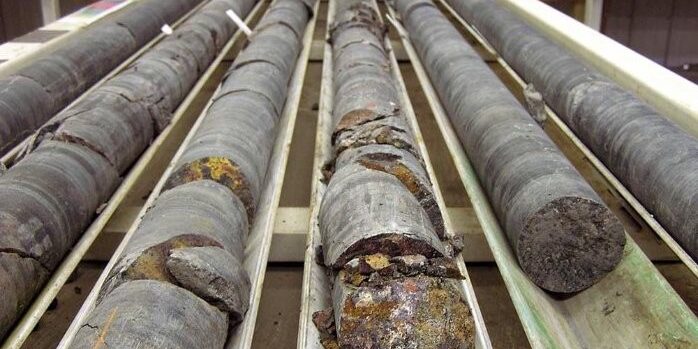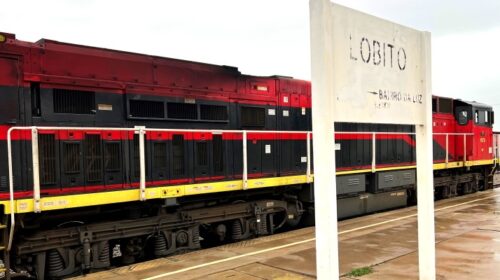The Mining Process in the Democratic Republic of Congo
The Democratic Republic of Congo (DRC) is a country rich in natural resources, particularly minerals, making mining a significant contributor to its economy.
With vast reserves of cobalt, copper, gold, diamonds, and other minerals, the DRC holds a prominent position in the global mining industry. Let’s delve into the mining process in this mineral-rich nation.
1.Exploration: The mining process in the DRC typically begins with exploration activities aimed at identifying potential mineral deposits.
Exploration methods may include geological surveys, remote sensing, drilling, and sampling to determine the size, grade, and viability of mineral deposits.
2.Mineral Rights and Licensing: Once potential mineral deposits are identified, companies must obtain mineral rights and licenses from the DRC government to conduct mining activities legally.
This process involves negotiation, application, and approval of mining concessions, often governed by the DRC’s mining code and regulations.
3.Development and Planning: After securing mineral rights, mining companies develop detailed plans for extracting and processing minerals.
This includes designing mine infrastructure, establishing logistics and supply chains, and implementing environmental and social impact assessments.
4.Mining Operations: The actual mining operations in the DRC involve various stages, depending on the type of mineral being extracted.
For example: a. Open-Pit Mining: This method is commonly used for extracting minerals like copper and cobalt. It involves removing overburden (surface material) to expose the ore body, followed by drilling, blasting, and excavation of the ore. b. Underground Mining: In areas where mineral deposits are located deep underground, underground mining methods are employed. This includes shaft mining, drift mining, and block caving to access and extract the ore.
5.Ore Processing: Once minerals are extracted from the ground, they undergo processing to extract valuable metals or minerals. Ore processing methods may include crushing, grinding, flotation, and smelting, depending on the mineral type and desired end product.
6.Environmental and Social Responsibility: Mining companies in the DRC are increasingly prioritizing environmental sustainability and social responsibility.
This includes implementing measures to minimize environmental impact, such as reclamation and rehabilitation of mining sites, and engaging with local communities to ensure their well-being and involvement in mining activities.
7.Export and Sale: Processed minerals are typically transported to ports or refineries for export or sale. The DRC’s mineral exports play a crucial role in the global supply chain, particularly for minerals like cobalt, which is widely used in batteries for electric vehicles and renewable energy technologies.
Despite its vast mineral wealth, the mining sector in the DRC faces challenges such as infrastructure constraints, regulatory uncertainties, and issues related to governance and transparency.
However, with ongoing efforts to improve governance, promote sustainable mining practices, and attract investment, the DRC remains a key player in the global mining industry.
![]()





